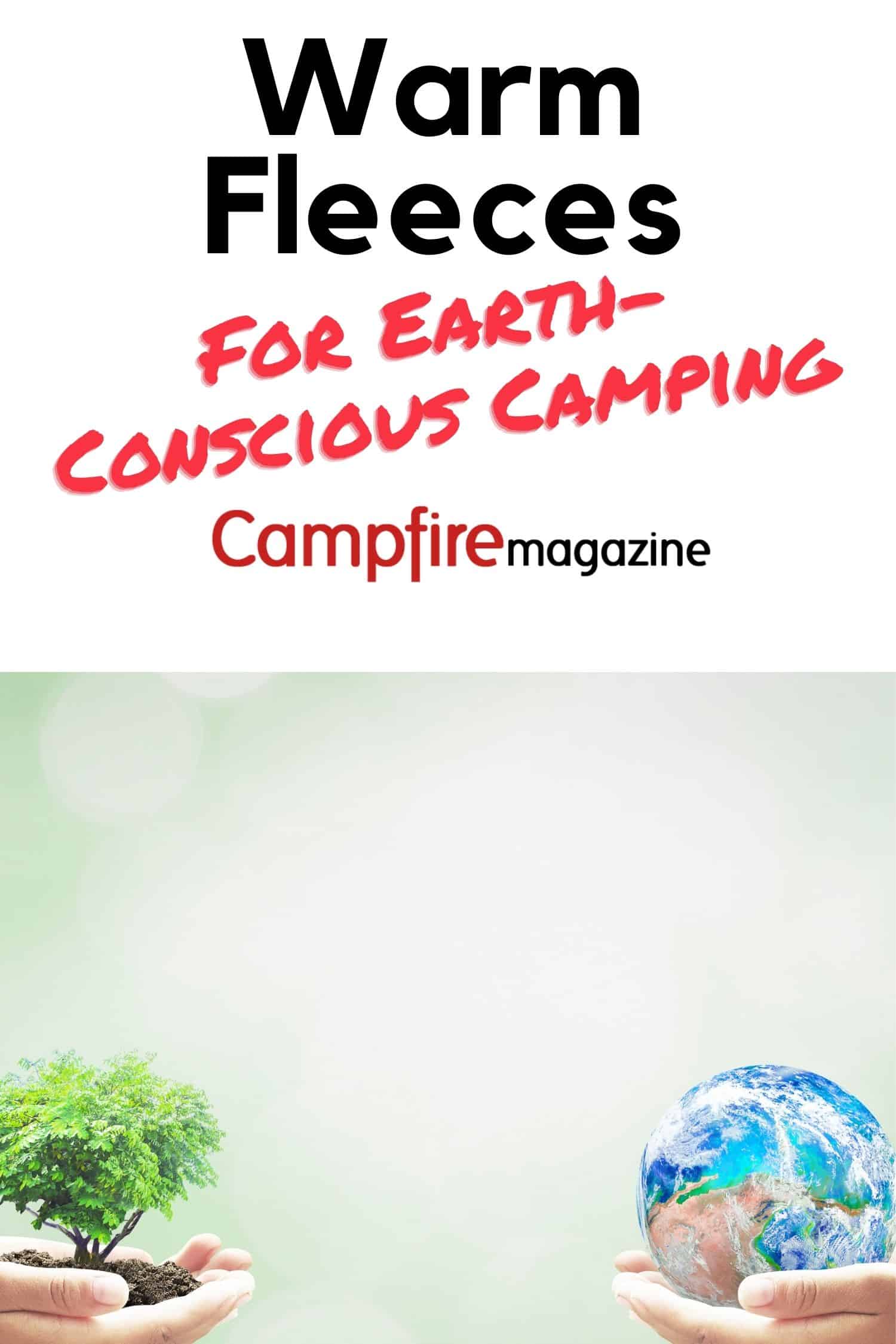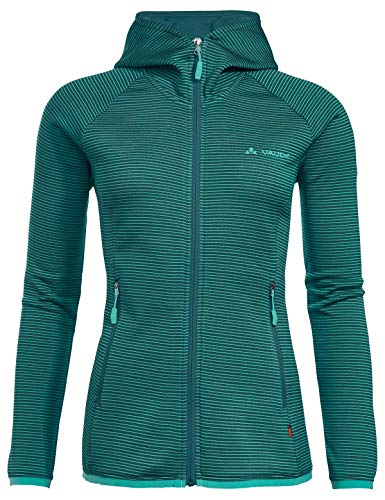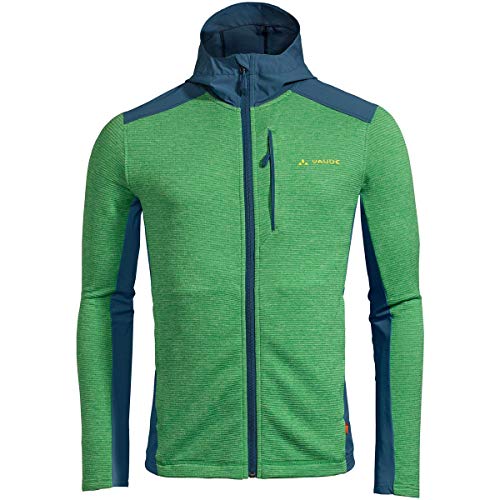There’s nothing like a warm fleece jacket for keeping the chill off when camping.
But, most are made from polyester or other fabrics that shed millions of plastic microfibres when they’re washed. Those fibres end up in the sea, not just harming sealife, but getting into seafood too.
We’ve been scouring the manufacturers and shops for alternatives. So, here’s our round-up of earth-friendly warm jackets for men and women.
Latest update: December 2021
All our reviews at Campfire Magazine are independent and honest.

Our Top 5 Tips to think about selecting a Warm Fleece
- If you already have polyester clothes (and who doesn’t!), then wash at low temperatures in a Guppyfriend bag. The bag keeps the microfibres out of the water cycle. Don’t tumble dry.
- Buy secondhand fleeces so that you’re at least minimising new production (and then do 1.)
- Opt for products with a greater percentage of cotton. There are lots of fleeces and hoodies with cotton outers, but a plastic-based fleece lining (and then do 1.)
- Buy the highest quality clothes you can afford. They last longer and plastics are shed more in the first few washes.
- Buy fleeces made from recycled plastic. They still shed fibres, but you’ll at least be minimising new production
And now our top choices for fleeces and fleece alternatives…
Prices vary a lot and there are often discounts, so the £ sign is a rough guide only.
£ – under £50
££ – £50 to £100
£££ – Over £100
Pre-owned – in the spirit of reusing, each item has a link to the product on Ebay. Used items won’t always be available, of course, but there’ll be new ones if not.
If you don’t have time to look through all our favourite choices, here are our top three brands for fleece jackets.
Plastic-free alternatives to polyester, acrylic and nylon
Did you know the National Trust is aiming to kit out all its staff in non-plastic fleeces? There’s a growing number of manufacturers who are really working hard to come up with alternatives.
Cotton, hemp, bamboo and other plant fibres
It’s possible to make lovely outdoor clothes out of these natural fibres. They’re easy to care for too. It’s best if they’re grown organically, of course. Not so easy to find just yet, but we’ll update this article as new brands appear. Bamboo is an amzingly versitile fibre we wrote an article about Bamboo Plates too.
Wood cellulose
This is a newish material and Vaude (see below) are the only company we’ve found who are using it for some of their fleeces in their Green Shape range. Expensive, though, but as more people get on board, it should become more affordable.
Wool
Warm and way better than plastic. But not for vegans. Sheep-shearing might not kill the animal, but it’s stressful and wool production is intrinsically bound up in meat production.
Even if you are happy to buy wool, you won’t want to buy merino wool that comes from farms that use mulesing. I won’t go into the details here, but it’s a barbaric practice (mostly in Australia).
Ask the retailer about farming standards and animal welfare. If they can’t answer the question, don’t buy it! Incidentally, we asked Bam, who use some merino in their jackets, and immediately got a great and reassuring reply. It’s worth asking!
Environmentally friendly plastic clothing?
Some brands market polyester clothes as environmentally friendly because they make the garments from recycled plastic bottles or waste plastic from the sea.
These are obviously better than new polyester because the process uses less energy and produces about half the greenhouse gas emissions. But, they do still shed microfibres.
UPDATE: Researchers at Newcastle University have found that a delicate wash, which uses up to twice as much water as a standard cycle, releases on average 800,000 more microfibres.
Know what you’re buying…look for these certifications
- Bluesign for the entire production process of all types of textiles
- Global Organic Textile Standard (GOTS) for all natural fabric materials
- Responsible Down Standard or Global Traceable Down Standard for down-insulated products (but much better to avoid down altogether)
- OEKO-TEX Standard 100 to certify the absence of harmful chemical substances in textiles
- Responsible Wool Standard (RWS) for products containing wool
- Leather Working Group (LWG) standard for leather, suede and nubuck product or parts
Looking for great camping gift ideas or wondering the best way and most enviromentally friendly way to use camping toilets? We've got you covered.
























